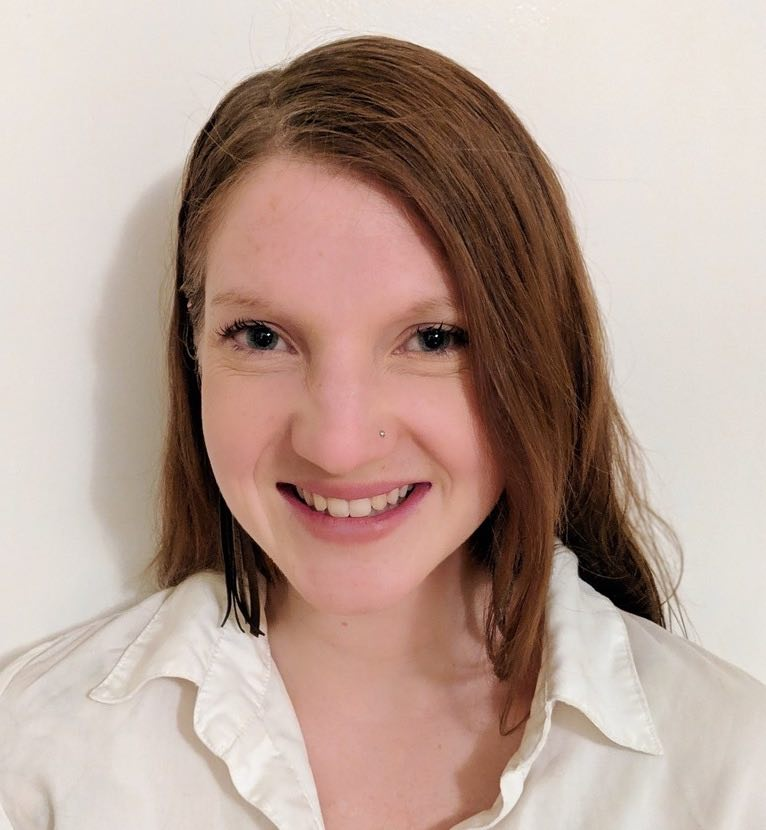
They came by the thousands from around the world seeking Maori Ora (life force, a positive state of being, vitality). The seventh gathering of Healing Our Spirit Worldwide was held in Aotearoa, New Zealand. Indigenous peoples have traveled the world in search of common healing since the first gathering in Edmonton in 1992.
The Healing Our Spirit Worldwide movement began as the vision of one woman to create an international forum focused on alcohol and drug abuse issues in indigenous communities throughout the world. Maggie Hodgson, a founding member of the Nadleh Whutren Carrier First Nation, lobbied the International Congress on Alcohol and Addictions and the World Health Organization in the late 1980’s to begin arranging the gatherings.
I attended the first gathering in Edmonton and was impressed with the scholarship on addiction and recovery. Then, as now, indigenous peoples told stories of addiction and the challenges of healing from shared stories of colonization. The seventh gathering featured a number of workshops on the theme of maori ora and keynote speakers who were international experts and leaders in health and healing among indigenous people.
In Canada, Kairos has published a number of resources which are designed to educate the general public around our indigenous history. One of the resources, the blanket exercise, tells the story of colonization here and teaches about the need for healing. I delivered the blanket exercise in my first workshop and showed a video of the 2012 Rupert’s Land sacred circle in a second workshop. One of the workshops I attended showed a documentary of a northern Canadian indigenous community and its journey of healing over 25 years. Another featured the recent history of the Idle No More movement, presented in part by Marie Wilson, one of the Truth and Reconciliation commissioners.
Upon arrival, all participants were welcomed at a traditional marae (Maori meeting place). We were under the protection and hospitality of the Te Arkiniu (Maori King), who welcomed us in the opening ceremonies, which began outside in the rain. We experienced a powhiri (welcome) which included a warrior from the tangata whenua (hosts) issuing a challenge to the manuhiri (guests) to see whether we were friend or foe. The warrior carried a spear-like weapon and once inside the marae, he laid down a token, often a small branch, for the visitors to pick up to show they come in peace.
We were told to proceed into the marae, women first, followed by the men.  In ancient times, this was deliberate, as the sending of the women first meant you were coming in peace. Once inside the marae, the men were seated in the front, traditionally to protect the women if violence broke out. Inside the marae grounds, a woman from the host side performed a karanga (call to the manuhiri). Upon that signal, we moved on to the marae. A woman from among the visitors responded and we walked silently forward.
In ancient times, this was deliberate, as the sending of the women first meant you were coming in peace. Once inside the marae, the men were seated in the front, traditionally to protect the women if violence broke out. Inside the marae grounds, a woman from the host side performed a karanga (call to the manuhiri). Upon that signal, we moved on to the marae. A woman from among the visitors responded and we walked silently forward.
Once on the marae grounds and in front of the main ancestral house, the guests and hosts took their seats facing each other. At that point, speeches were made, starting with the representative of the King. Speaking in Maori, the representative welcomed the visitors but reminded them of the damage done by colonization. He commended the work of the conference that would address healing and reconciliation globally. The representative of the visitors responded by thanking the hosts for welcoming them and providing the opportunity to work on healing and reconciliation. A song was sung following each speaker, to support his address. After the speeches, the visitors presented a koha (gift) to their hosts.
Following the formal proceedings, visitors and hosts greeted each other with ahongi (the ceremonial touching of noses). In this way, the visitors and hosts become one. Following the formal ceremony, we were treated to a traditional feast and hosted by the Maori King.
As a part of the challenge at the opening ceremonies at the marae, young Maori leaders performed the haka (ceremonial war cry). While in New Zealand, my wife Brenda and I visited a few of the marae and each time a smaller version of the original opening ceremony was performed.
For the closing ceremonies, each country in attendance was asked to perform some aspect of their culture. The Canadian contingent was led by Assembly of Manitoba Chiefs’ Grand Chief, Derek Nepinak, and involved the Canadians in a round dance.

Following the gathering, Brenda and I traveled throughout the northern island, where we were introduced to the Maori Church. We visited many sacred sites and attended a historic service celebrating the three streams of the Church: Maori, Pakiha (European), and Polynesian. In that service, we witnessed reconciliation in action as the cooperation between the three streams was celebrated. Later, I sat in on an effort at translating a psalm into Maori.
The integration of the streams can be seen in the New Zealand Prayer Book that has Maori on one page and English on the other. The Fijjians are also translating the English into their language. However, while the Maori culture is welcomed, there is still work to be done to incorporate the language into English liturgies. And while the Maori culture is strong, the wealth is still held predominantly by thePakiha.






